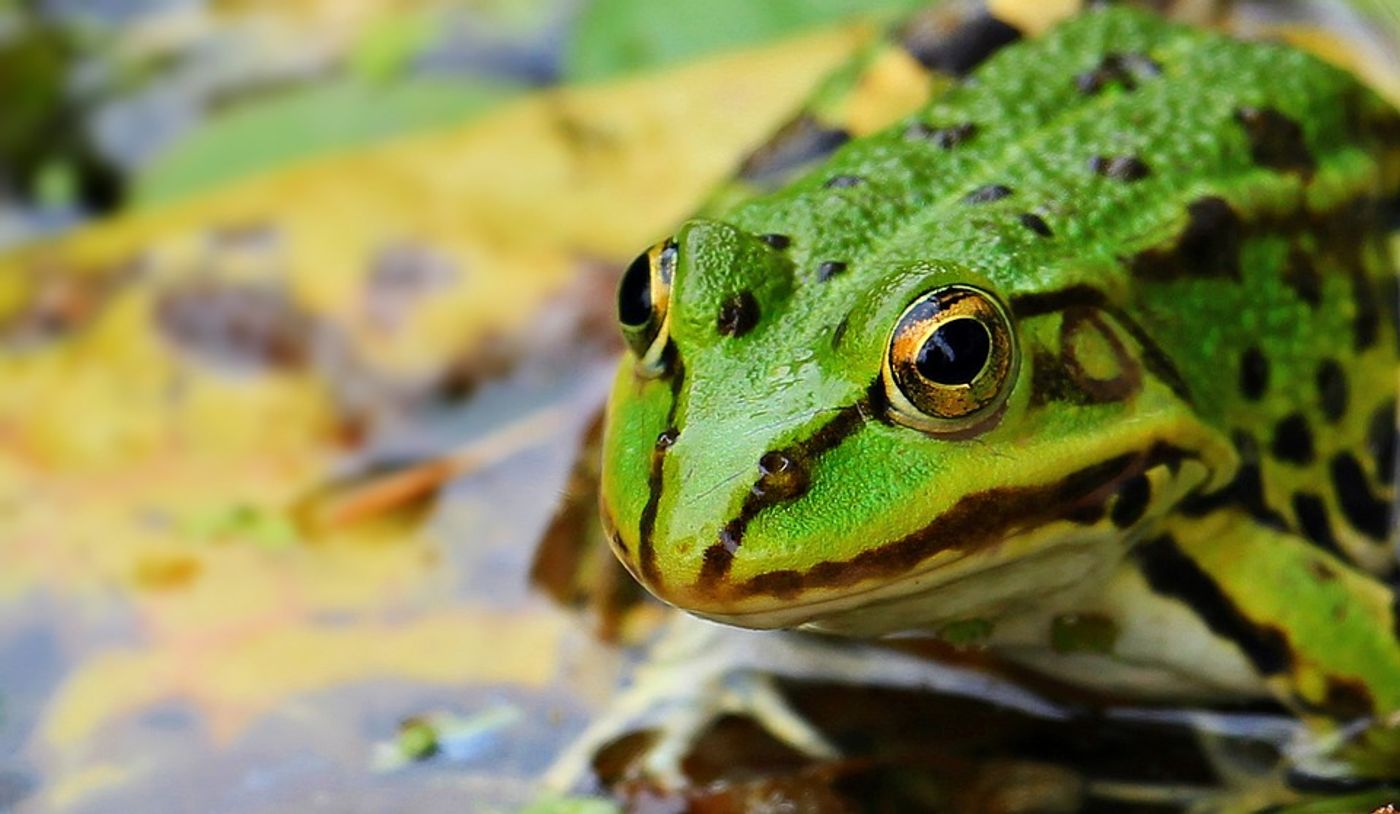Climate Change Isn't the Leading Cause of Global Amphibian Decline; Humans Are
Around the globe, amphibians of all types are experiencing sharp population declines. Climate change has long been the primary rationalization for this unfortunate phenomenon, but a team of researchers hailing from Pennsylvania State University aren’t convinced that jumping to this conclusion tells the entire story.
Image Credit: Pixabay
Reporting this week in the journal Nature Communications, the researchers suggest that while climate change is likely a contributing factor in the global disappearance of amphibians, it’s almost certainly not the only one. In fact, other factors could have a more significant influence.
In an attempt to better understand the situation, the researchers analyzed decades’ worth of statistics for more than 81 North American amphibian species and then looked for correlations concerning climate change-associated side-effects like Winter severity, snowfall rate, breeding water availability, Summer soil moisture, and higher temperature.
Perhaps unsurprisingly, the statistics were all over the place. Climate change alone couldn’t justify the numbers they observed. Furthermore, climate change impacts parts of the world in different ways, so it can’t single-handedly explain population losses for a species that exists all over the world.
"The influence of climate on amphibian populations is complex," explained study lead author David Miller.
"In the last 30 years, we have seen increases in temperature, while some spots have gotten drier and others have gotten wetter. In the big picture, those developments seem to counteract each other. As a result, the impact of climate change for the measures we focused on cannot explain the sharp decline we have seen and continue to see across amphibian populations."
Related: Learning from the frogs that resisted mass extinction
This begged the question: if climate change isn’t the only factor contributing to the alarming amphibian losses we’re experiencing on Earth, then what else is? According to the researchers, habitat loss and the spread of lethal pathogens may each contribute to the problem.
As it would seem, amphibian population decline isn’t a new concept; it’s been happening since at least the 19th century. The research suggests that exponential increases in land development, which demolishes the animals' natural habitats, may have caused the steepest declines in recent memory.
"It is an alarming trend," Miller added. "Across species, on average, we lose more than three in 100 of the sites where they occur each year. Whether the sites are ponds, short stretches of streams or, if we're talking about salamanders, forest plots—they're gone. Our research took place in the United States and Canada, but it's a trend worldwide."
Pathogens are another weighty factor regarding amphibian decline, and according to the researchers, the chytrid fungus and ranaviruses are just two of several known pathogens that can get amphibians deathly ill, and they’re spreading like wildfire. And as you might come to expect, it’s like all because of humankind that they are.
"Once these diseases make it to North America then the animals themselves can spread them around," he said. "But it really takes people to be involved in carrying the diseases from, say, Asia to the United States."
Related: How you should feel about endangered species day
So while climate change certainly takes its toll on the world’s diverse amphibian population, it may not impact it as much as we think it does. Instead, a slew of other factors joins forces with it to create the recipe for the ultimate amphibian population beatdown.
With new science opening our eyes to more potential threats to wildlife, additional research in this space should prove valuable as experts move forward with conservation efforts.
Source: Pennsylvania State University, Nature Communications









